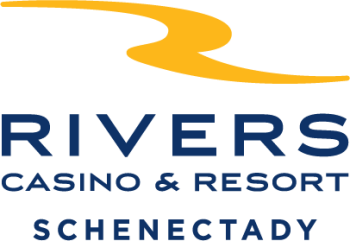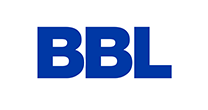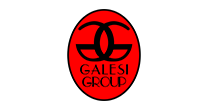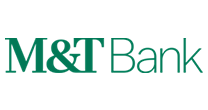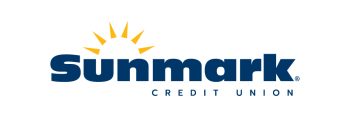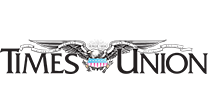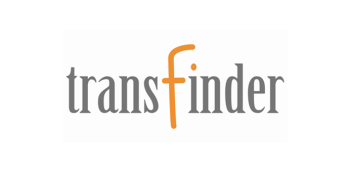News
July 5, 2016Build a Millennial Office
Today’s work spaces are changing, mostly for the better, and the driving force is the growing presence of Millennials (people born between the early 1980’s and 2000). In fact, just four years from now millennials will comprise nearly 40% of the total workforce. With so much representation from this group being infused into the workplace, it presents a different set of obstacles for CEO’s, business owners and other organizational leaders than previous generations. There’s no doubt they are technologically advanced and innovative, which is appealing to prospective employers. However, they are said to lack longevity and loyalty to the same company over time. If we take a step back to think about the needs of millennials in the work environment, there are certainly ways to attract and retain them.
It’s going to take more than a competitive benefits package, professional development and advanced training, the option to work from home, and access to a fitness center or yoga classes to facilitate retention. The actual design of the workspace is certain to impact a millennials’ productivity, loyalty and overall happiness. Coming from a background in college athletics, I have seen firsthand the “amenities race” in higher education as a means to attract and retain students. Since the recession, colleges and universities across the country have been spending more on new laboratory facilities, student unions, residence halls, and athletics facilities. Millennials have spent hours studying and collaborating in college libraries or coffee houses where the space is stimulating. Stands a reason they are going to want similar conditions for their future work environments.
Design and furniture play a major role in company culture. Millennials migrate towards open floor plans where they can engage with colleagues. An open environment is a constant reminder to all employees that they are important stakeholders in working together for the greater good of the company. Many manufacturers allow for the mixing and matching of desking systems, power troughs and successful configurations for open-plans or private offices. Chairs, stools, desks and training tables on casters provide mobility to cultivate collaboration. Additionally, they are signs of contemporary furniture and design that provide prospective employees a glimpse of the company culture.
Touchdown and community spaces (back to the college library and coffee house concept) are also design preferences of millennials. By incorporating power and comfortable seating in these areas, they become more inviting and promote better communication. Whether it’s group work or private work you are seeking, break out areas cater to all types of activities and daily responsibilities related to an employees’ job requirements. These spaces offer face-to-face engagement opportunities with clients and colleagues, provide flexibility and mobility, and can be a catalyst for inspiring and supporting the types of spontaneous interaction that lead to innovation.
Businesses and organizations that are successful are only as good as the employees in their workforce. Companies that maintain creative, productive and stimulating environments understand this concept as a means of attracting, retaining and engaging the top talent that is available to them. As the growing number of millennials enter the workforce, leadership teams and business owners are going to be charged with understanding the role office design and work culture have on their bottom line. Don’t ignore it, embrace it. Create spaces that make your employees feel comfortable, productive and most importantly allow for the growth and advancement of your brand.








